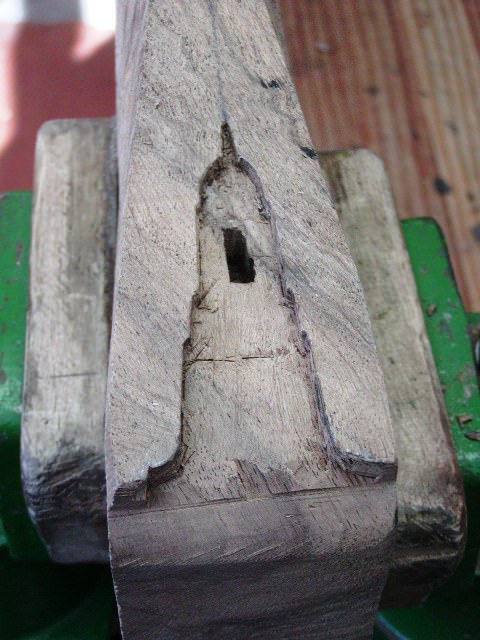- Joined
- Nov 26, 2005
- Messages
- 5,225
- Reaction score
- 10,888
Hi,
I had the chance to view up close the original Ferguson rifle in the Morristown museum. I built a Ferguson some years ago from TRS parts and an English walnut blank based on photos but when I inspected the original I realized that some changes were needed. My gun was too fat and it is hard to see from photos that the rifle is daintier than you would imagine, particularly along the fore stock. So I scraped off the finish and did some reshaping and refinishing, and here is the result. My only concession to my preferences is I shaped the side panel like some of the officer's and civilian versions of the gun rather than the Morristown rifle. It is clear that they were in a rush to make the rifles because the stock work is cruder on the original and the engraving on the lock looks like it was done by a 5-year old kid.
dave



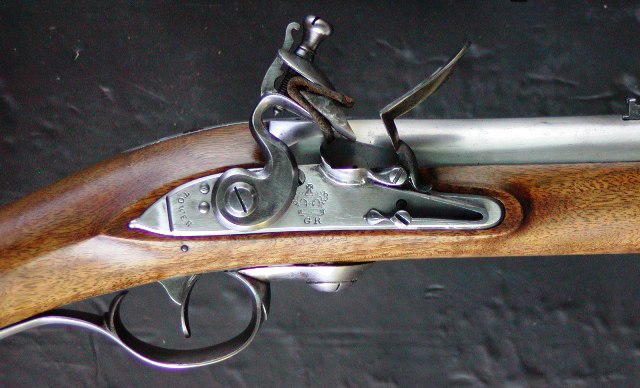
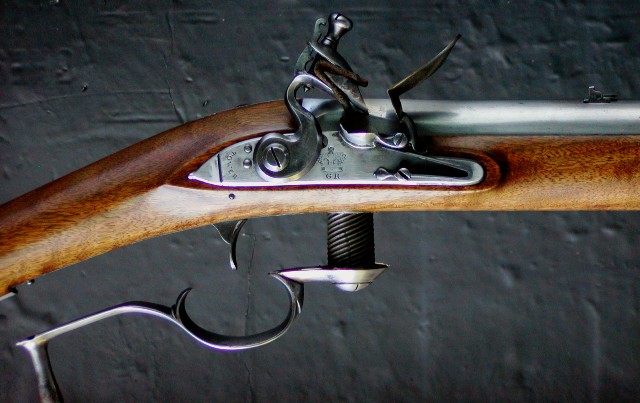

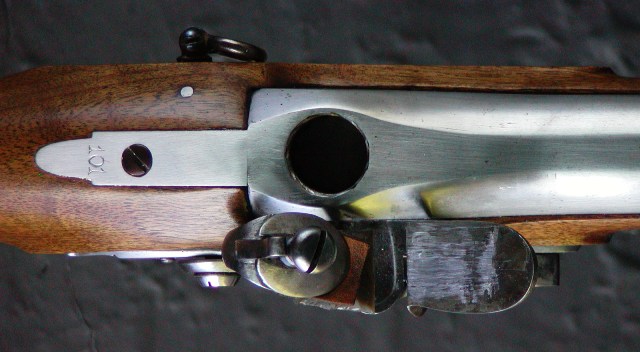
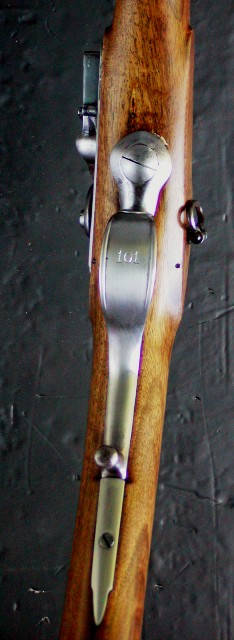
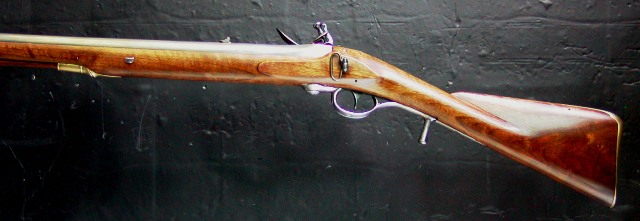
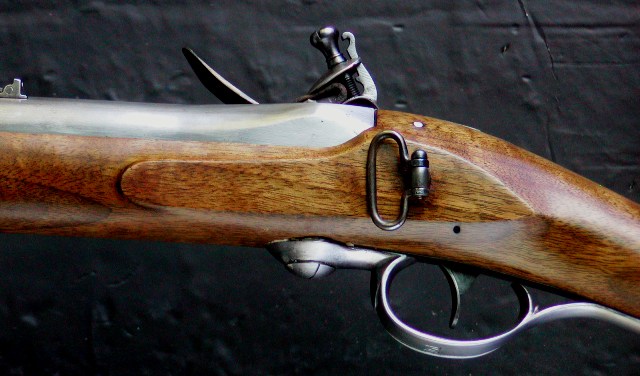

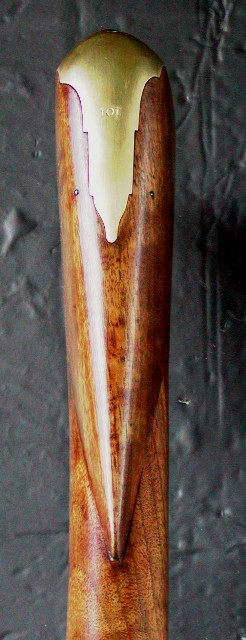
I had the chance to view up close the original Ferguson rifle in the Morristown museum. I built a Ferguson some years ago from TRS parts and an English walnut blank based on photos but when I inspected the original I realized that some changes were needed. My gun was too fat and it is hard to see from photos that the rifle is daintier than you would imagine, particularly along the fore stock. So I scraped off the finish and did some reshaping and refinishing, and here is the result. My only concession to my preferences is I shaped the side panel like some of the officer's and civilian versions of the gun rather than the Morristown rifle. It is clear that they were in a rush to make the rifles because the stock work is cruder on the original and the engraving on the lock looks like it was done by a 5-year old kid.
dave

















